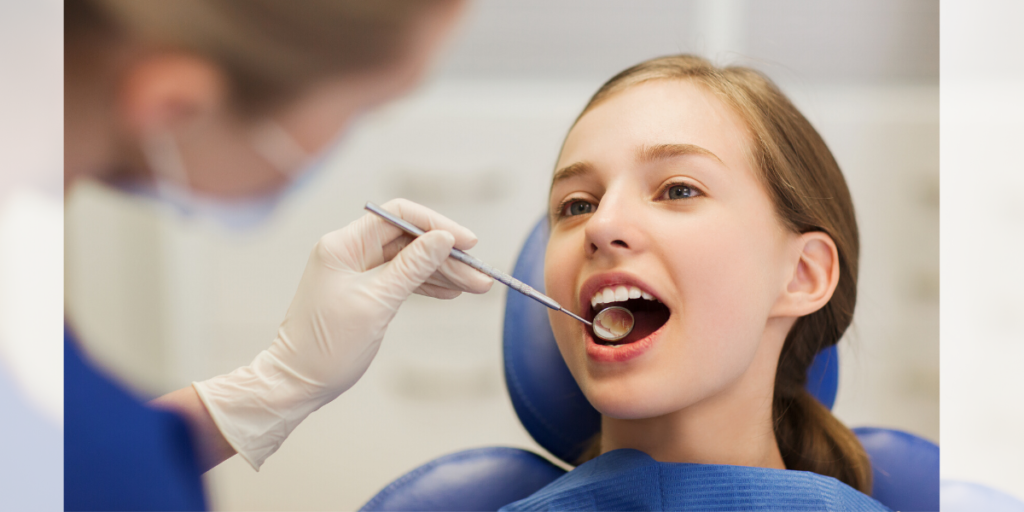On March 16, 2020, the American Dental Association (ADA) recommended that dentists close their practices and only see patients who were experiencing dental emergencies. The current restrictions are in place until April 30th. According to the ADA, the recommendation was intended “to observe social distancing, help mitigate the spread of the 2019 Novel Coronavirus, conserve essential personal protective equipment (PPE) for medical frontline colleagues, and avoid the need for patients requiring emergency dental treatment to go to overburdened hospital emergency departments.”
It has now been over a month since patients have had preventative dental care, and some have even delayed treatment for many dental conditions that although inconvenient and painful, were not deemed by the dentist or the patient as “worth the risk” for treatment. Now, the ADA has published interim guidelines to prepare dentists to reopen their practices, and they are suggesting the highest level of PPE for dentists and hygienists: N95 masks along with goggles or a face shield.
While dentists and hygienists recognize they are at extremely high risk from COVID-19 because of their close proximity to their patients and many aerosol-generating procedures, they are finding it hard to imagine effectively treating patients under the new recommendations.
Dr. Scott Fergsuon has been a dentist for 32 years. He is concerned that new regulations would mean an even greater disruption of service for his patients and too costly to effectively run his practice. Some of the recommendations suggested for reopening dental practices involve closing waiting rooms to patients, hiring additional staff to perform sanitization procedures, spacing out appointments, and only using every other chair or treatment room to physically distance patients.
In addition to the new requirements for PPE, Dr. Ferguson feels those measures may be financially prohibitive for many practices. “Since insurance companies only reimburse a certain amount for procedures as it is, I’m not really sure how to pay for all of this,” said Dr. Ferguson. He is also concerned about the availability of the PPE recommended for dental staff. “I haven’t even received the surgical masks I ordered in February, and we donated some of our stock to those who needed it when we closed,” he said.
Right now, the info coming from the ADA is listed as “recommendations”. Ultimately, how local dentists handle the re-opening of their practices will be subject to the laws, regulations, and rules of each state.
Reporting for WGRT – Jessie Wiegand


